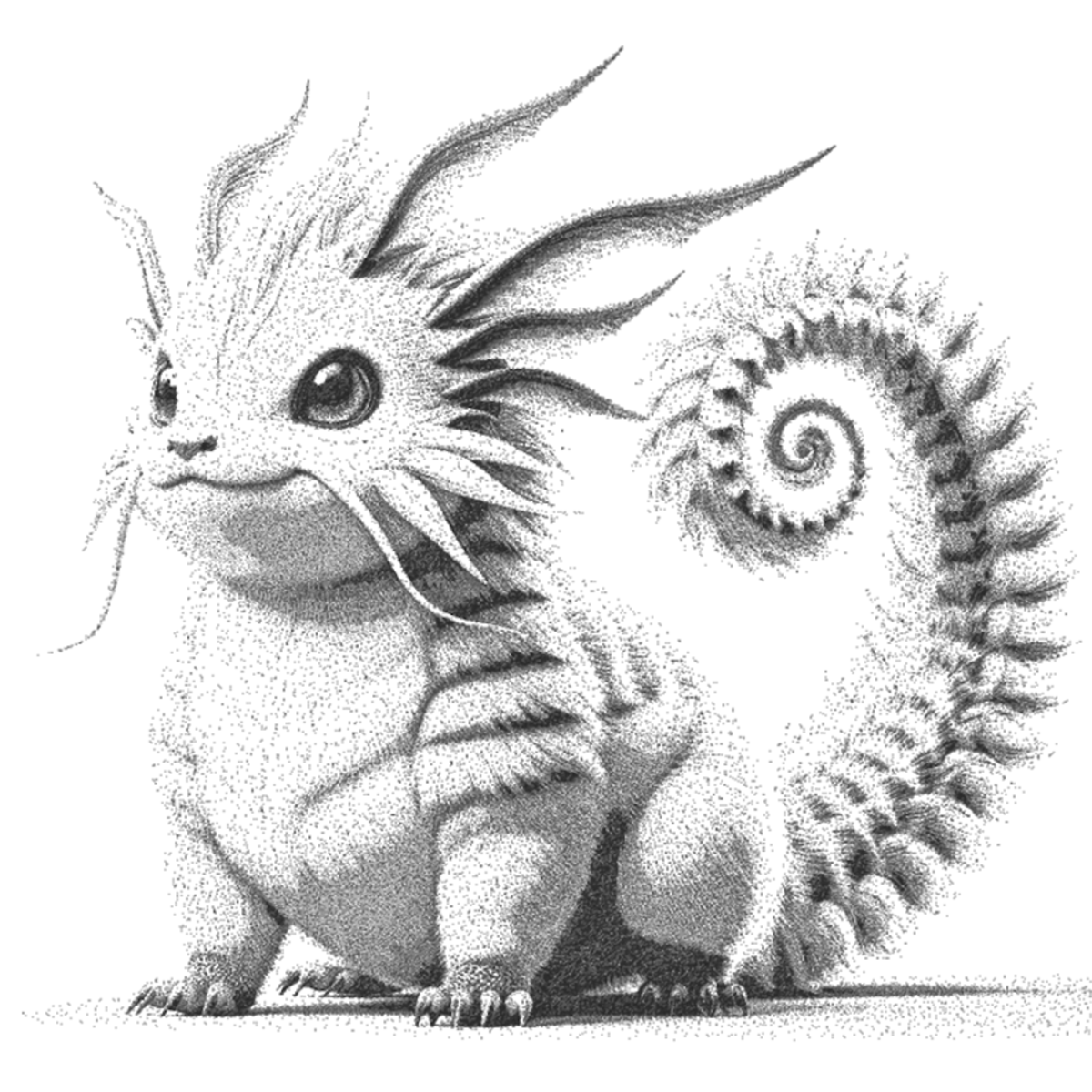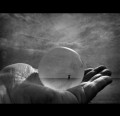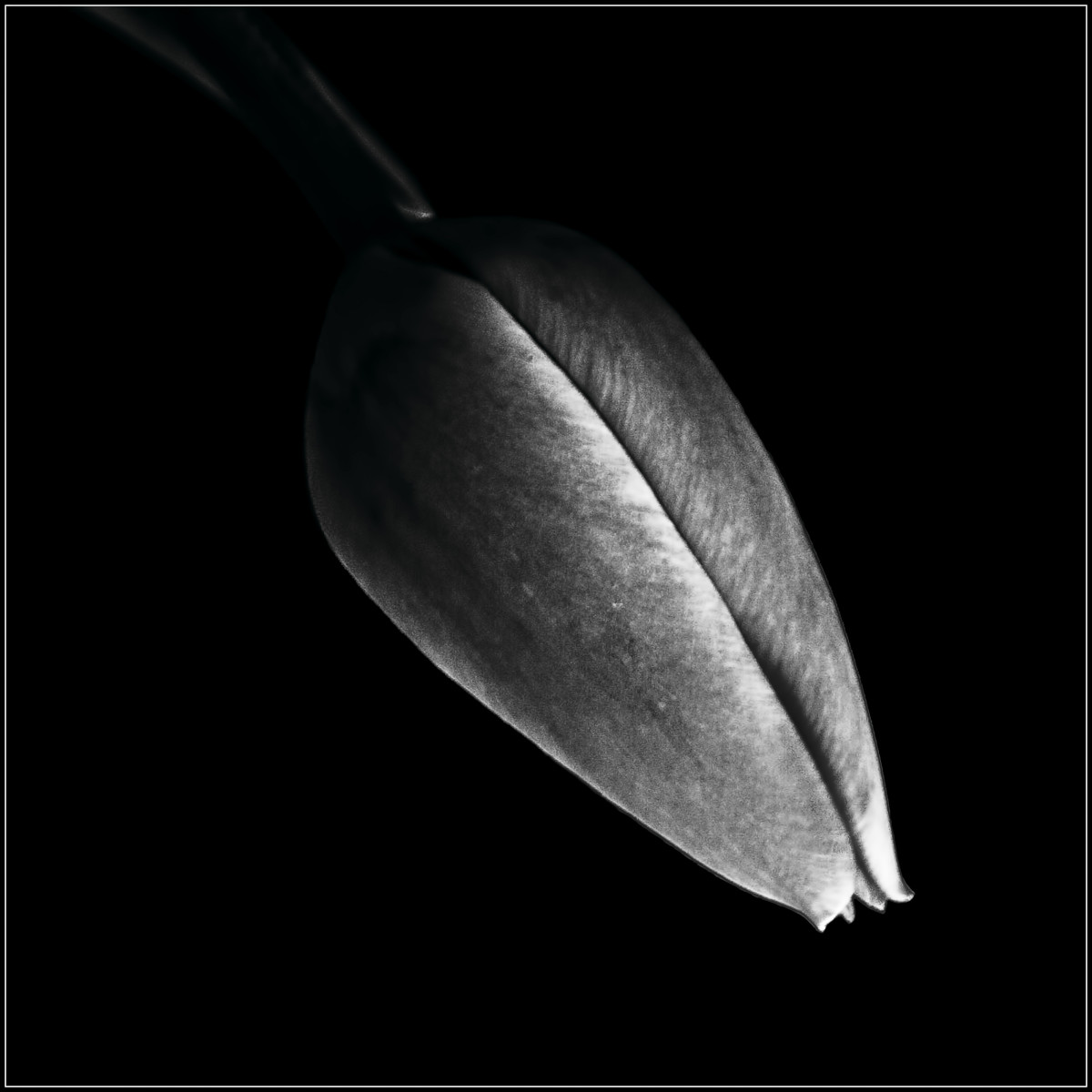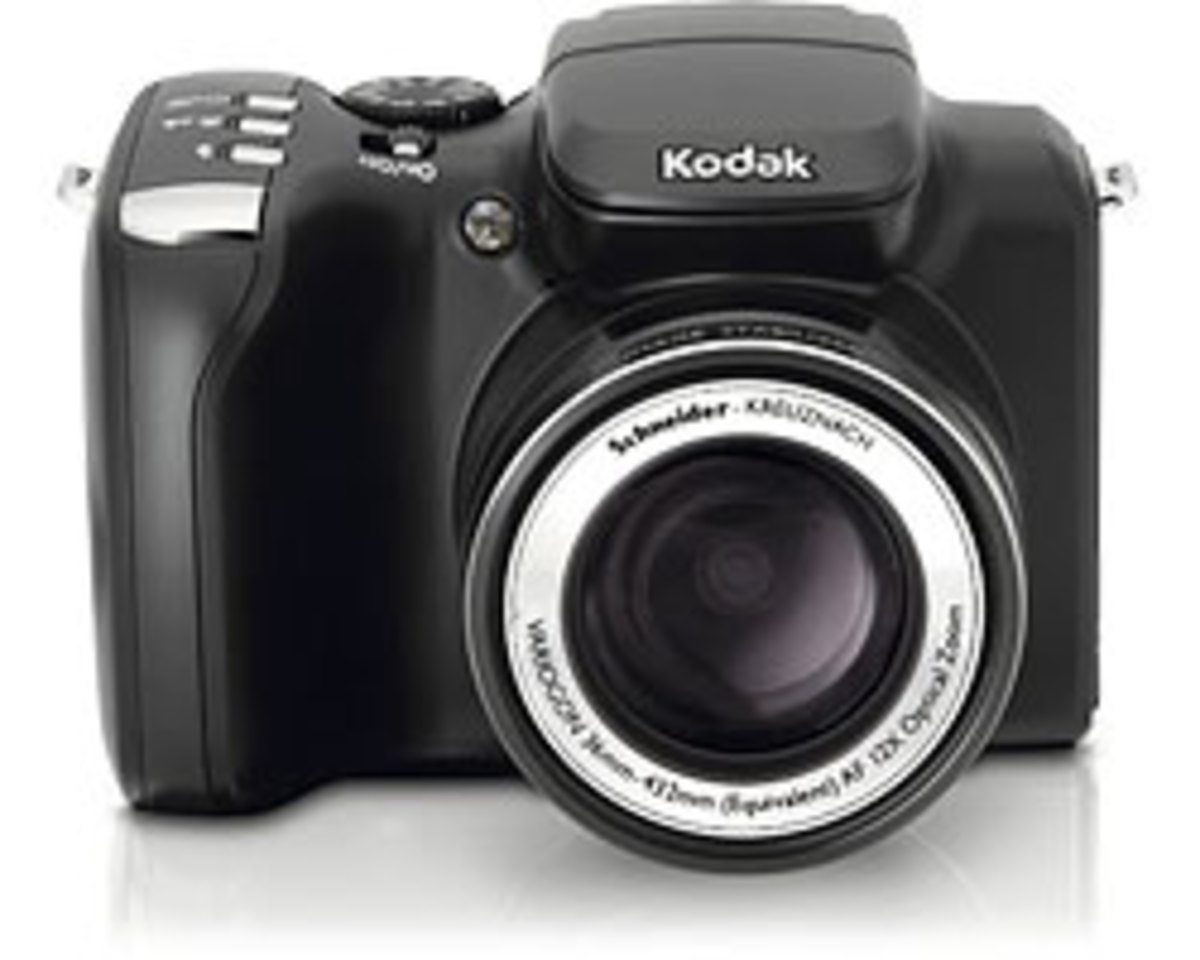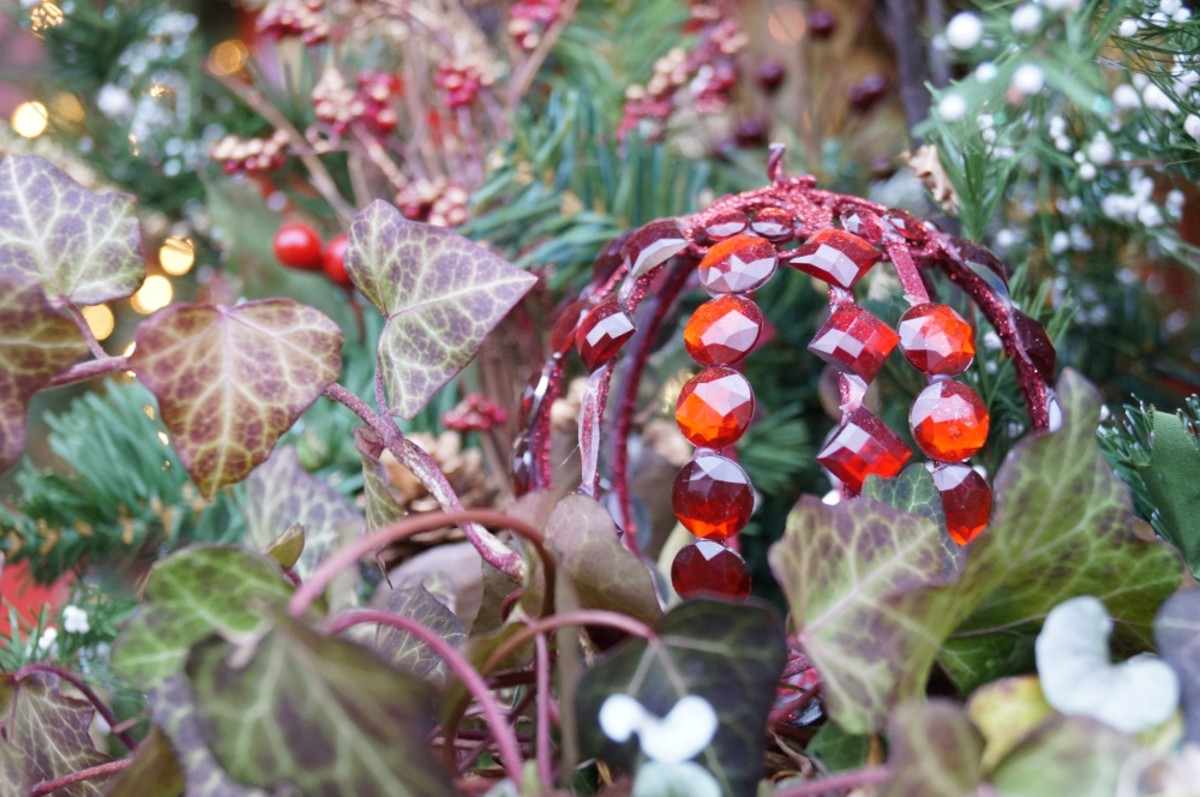Photography: Digital Techniques
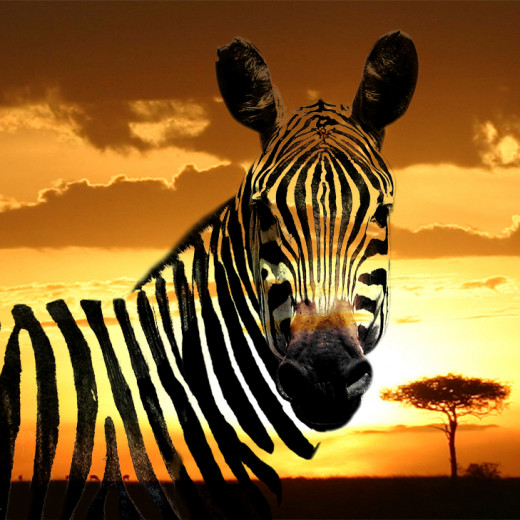
Is digital editing of photographs acceptable?
A few years back I entered a wildlife photography competition in Kenya. Apart from the fact that I was not placed, the one thing that stood out was that the judges (whom included renowned Maasai Mara expert Jonathan Scott) specified that digital enhancement of photos was unacceptable.
I am not aware of the position they would take on this now, but it struck me then that this was a purist and perhaps unnecessary view. For one thing, before the advent of digital photography professional photographers employed darkroom techniques to enhance the quality of their work, if they thought it necessary. Because editing software now enables the same results by button clicking and moves of the pointer, surely this does not lessen the value of the finished image?
There are even photographers who refuse to go digital and still use film. They are the visual equivalent of vinyl junkies and, I think, misguided. We have to adjust to advances in technology, just as the painters at the turn of nineteenth century had to accept that there was a new way of capturing and presenting images - photography. Even now, there are still critics who refuse to accept photography as art, such as Brian Sewell who writes for the Standard newspaper in London. This should be a sobering thought for the purists.
I frequently use digital editing techniques in my work. I do not have a studio, but am able to achieve good quality portraiture by doing so. I see nothing wrong in adjusting contrast, sharpening and using filters if it enhances photos, whilst remaining true to the subject matter. Also, I have been able to extend my skills into the field of graphic design, as well as deliberately using digital editing techniques to produce a distorted or surreal effect.
Here are some of my - should I call them photos or images?
Zebra Sunset
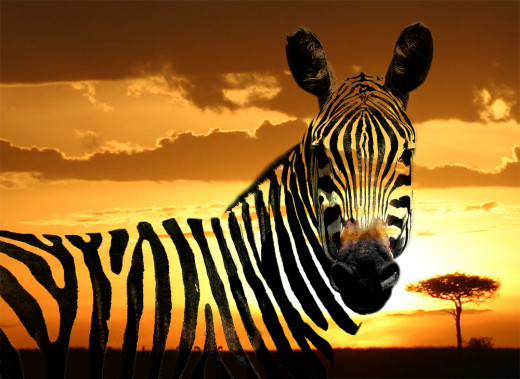
Zebra Sunset was achieved by masking and removing the white areas of a zebra which was layered above an African sunset.,
Catwoman
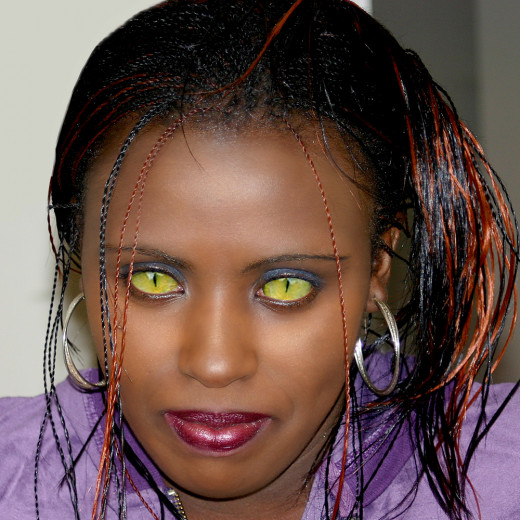
A spooky but not unattractive result emerged from using cut and paste techniques with layers to achieve this.
Canary Wharf Underground Station
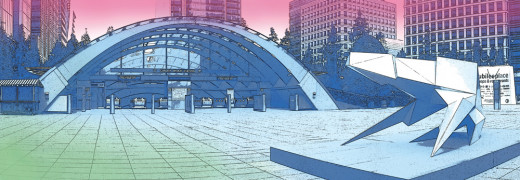
One great new innovation that digital editing has given us, and one that I have often used in my work, is the stitching together of separate images to form a panorama. I have written separate hubs on my Greenwich panoramas and vertical panoramas of Canary Wharf. At the time of taking the above photo, I was keen to capture the temporary sculpture which was installed in front of the station entrance. I increased the contrast and used a posterising filter to emphasise the contrast and also the edges of the sculpture, as well as the lines of the paving radiating from the entrance. I then used another filter to colour the image.
Bundestag
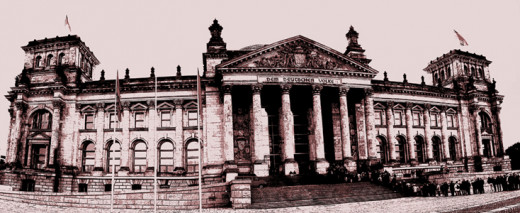
Similar techniques were used to produce this sketch-like image of the Bundestag in Berlin.
Cutty Sark
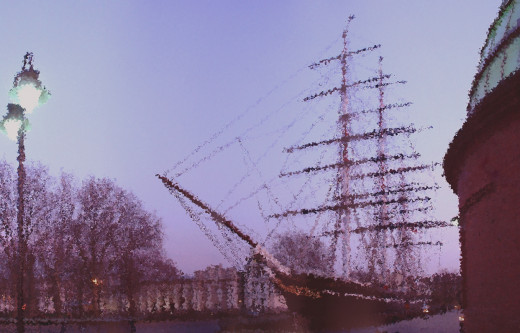
The above image was produced using an artistic filter to give the effect of an impressionist painting. One should take care with using these filters as overuse can be tedious, but this particular photo seemed to lend itself to this effect. The original can be seen on my hub on Greenwich panoramas.
The next image is also of the Cutty Sark in Greenwich. Another technique that digital editing has given us is instant black and white conversion. Sepia toning then enhances the image and adds to the historical aspect of the subject matter. I have also selected areas where foliage and buildings were in the shot and used cloning to remove them, giving the impression, I hope, that the old tea clipper (in dry dock for the past 60 years) could be at sea re-living her days of glory.
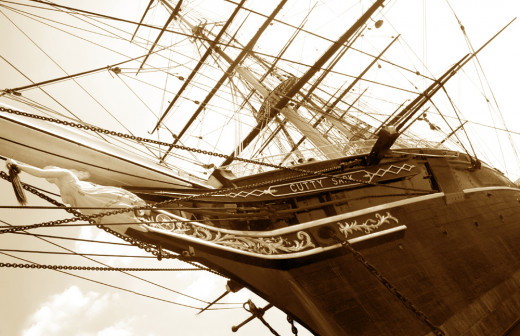
Fishing flies and lures
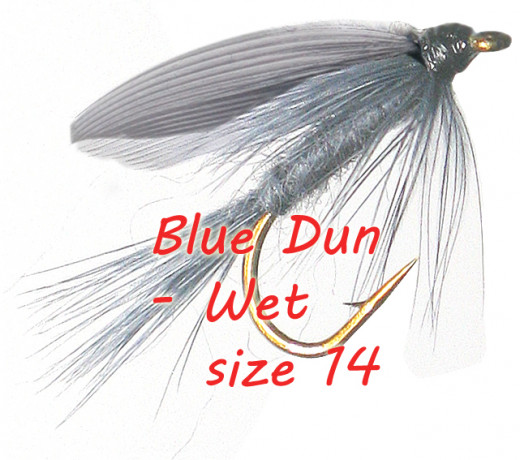
For a website selling fishing flies and lures I wanted to isolate the subject totally and present it against a pure white background. Armed with a single camera-mounted flash, I achieved this by taking the shot against a white background and slightly under-exposing it. Then by using levels to increase the exposure, most dark areas in the background were eliminated, with any remaining removed by filling with white. I then used selection and cloning to remove the tool that was holding the subject in place.
Digital techniques also enabled me to present composite catalogue images:
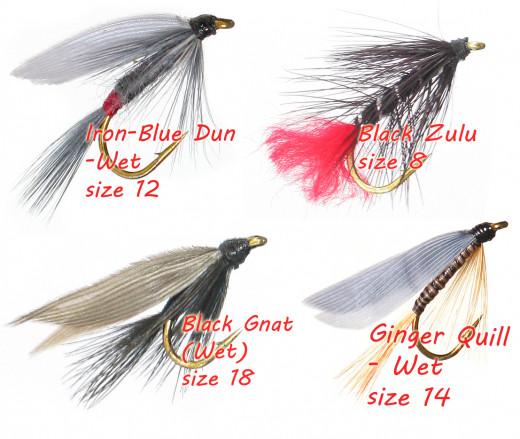
Airbrushing
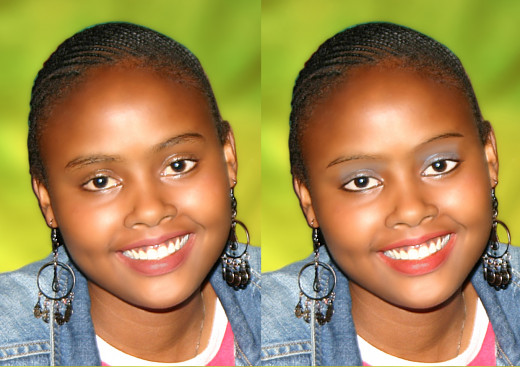
Some mention should be made of 'airbrushing' techniques. Most of us are aware that considerable enhancement of the subject is performed in glamour photography. Dedicated software is available to do this now, though I prefer to use my own techniques where I have a good deal of control, and endeavour not to overuse them. Here I have smoothed out the skin tones and lightened the whites of the eyes, as is 'normal' practice. I have also 'plucked' the eyebrows and added make-up.
Backgrounds
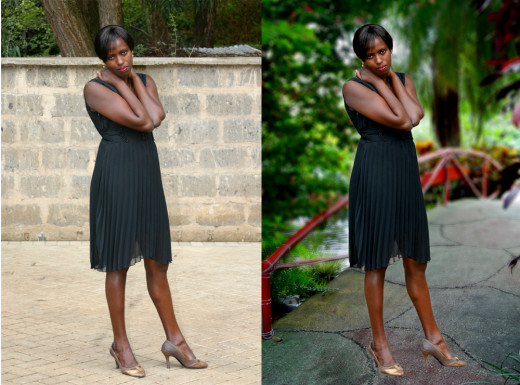
Another advantage of the digital world is the ability to insert backgrounds to the subject - a big plus for a photographer like me who does not have a dedicated studio. There can be a number of snags to overcome in the process. Hair can be difficult to separate and special masking techniques may be needed. Shadow may also have to be added around the feet so that the subject is not floating above the background - even as I look at the above right image now, I think I need to add some shadow to complete the effect. Also, the colour hue around the subject from the original image may clash with the new background, in which case the colour in the new background will play a part in its selection. Nevertheless, with persistence and continued application great results can be obtained.
Car animation
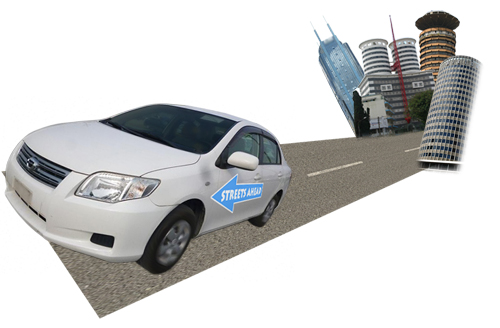
The above image is a frame from an animation I did for this web site. The road moves, not the car! Here I have placed radial blur over the wheels to give the impression of movement. I could also have added motion blur to the car itself, but it was not necessary in this case. I also added the logo to the side of the car.
So, these are some of the results that can be obtained from editing digital photographs. For further examples I would naturally recommend that you visit the links attached to this page!

